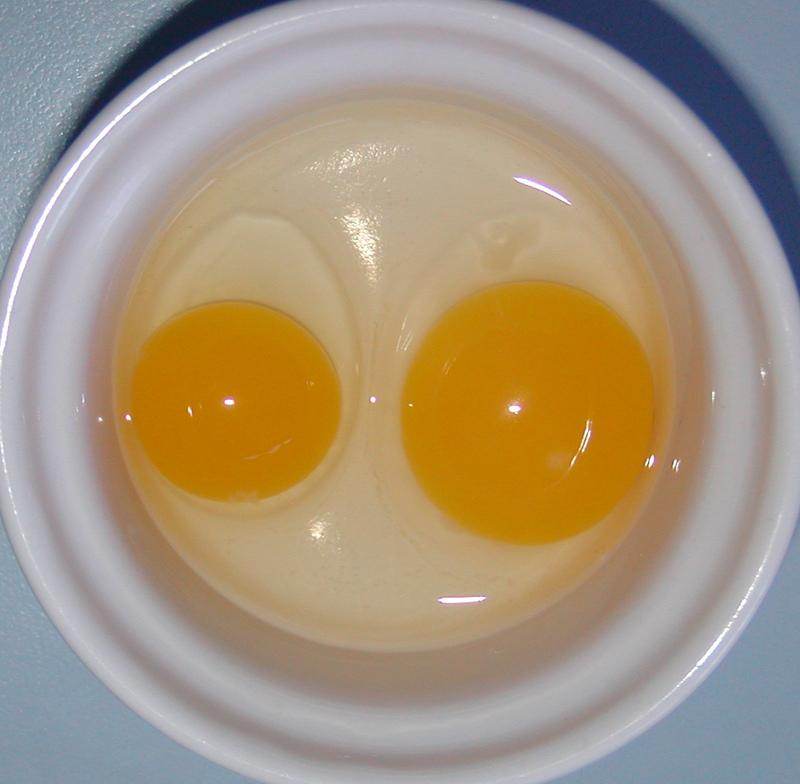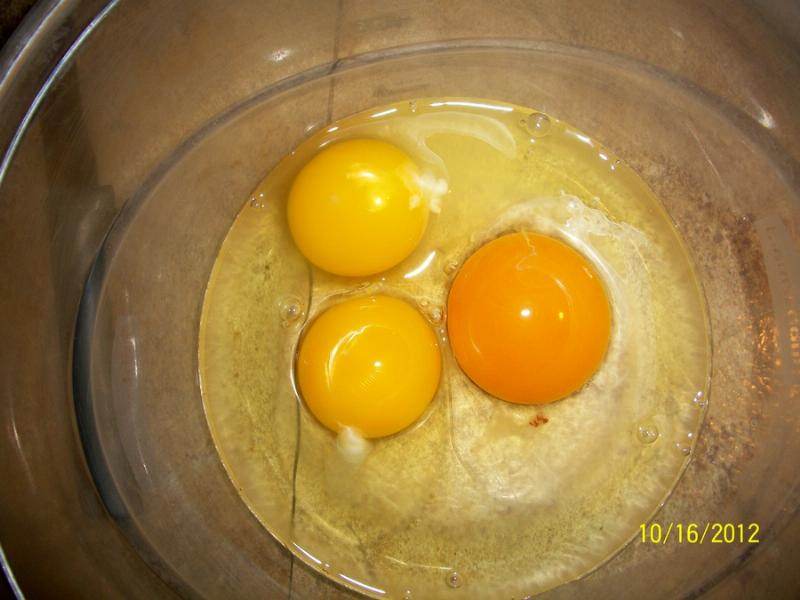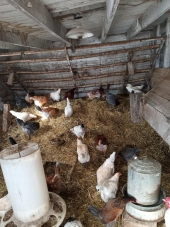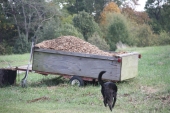
 2
2




Highland Creamery, micro-dairy & family farm.
https://www.facebook.com/home.php#!/highlandcreamery










Highland Creamery, micro-dairy & family farm.
https://www.facebook.com/home.php#!/highlandcreamery










Highland Creamery, micro-dairy & family farm.
https://www.facebook.com/home.php#!/highlandcreamery













 1
1













A human being should be able to change a diaper, plan an invasion, butcher a hog, conn a ship, design a building, write a sonnet, balance accounts, build a wall, set a bone, comfort the dying, take orders, give orders, cooperate, act alone, solve equations, analyze a new problem, pitch manure, program a computer, cook a tasty meal, fight efficiently, die gallantly. Specialization is for insects.
-Robert A. Heinlein












drew grim wrote:how long does it usually take for a bucket to start fermenting? im going to go the ACV way. do you look for fermentation bubbles or just go based off of smell? have you had any problems with flies?




 1
1




Chris Kott wrote:So would it be a matter of what individual chickens are exposed to, or is there a clear favourite? As in, is FF candy to them, or do they really prefer bugs and green growies? I am inclined to provide them with FF all the time if it's better for them, if it maximizes use of forage resources, and if it makes sure my backyard remains relatively inconspicuous, smell-wise anyways.
-CK
Ollie Puddlemaker




A human being should be able to change a diaper, plan an invasion, butcher a hog, conn a ship, design a building, write a sonnet, balance accounts, build a wall, set a bone, comfort the dying, take orders, give orders, cooperate, act alone, solve equations, analyze a new problem, pitch manure, program a computer, cook a tasty meal, fight efficiently, die gallantly. Specialization is for insects.
-Robert A. Heinlein












 Can't credit me, though...I learned from a lot of methods of others, try it out in my backyard lab, weigh the results and just spread the news if it's all good.
Can't credit me, though...I learned from a lot of methods of others, try it out in my backyard lab, weigh the results and just spread the news if it's all good. 



Kevin MacBearach wrote:After I watched the video, "deep chicken bedding with christmas trees in the chicken coop" http://www.youtube.com/watch?v=zwjPj1p1Azo , I started pruning pine branches around my property and filled the coop with the small twigs. Instantly the strong ammonia smell was gone and in it's place was a nice pine-scent which lasted over a week. Even after the pine-scent dissipated, the ammonia smell never returned.
At this point I can't say enough about how well this has worked out. I feel that this is the first thing I've done at my farm that's felt like I'm doing permaculture since I don't leave the property to buy straw anymore, and just use what's on my own property, which works ten times better.
The lady in the video used old Christmas trees, and gave the impression that either because the chickens spend more time in the coop in winter, or she hasn't many conifers growing where she lives so it could be a seasonal thing, for her anyway. I on the other hand am cutting fresh ones and using them, and I'm wondering what else it would work, pig bedding, or cow? I have yet to use the finished product of broken-down pine needles and chicken manure as a compost on the soil so I have no idea how it will be for growing stuff. It's strange that, besides this one video, I've seen nothing else on mulching pine needles with manure to make good compost. If it's so great, then why isn't there more chatter about it?





| I agree. Here's the link: http://stoves2.com |









